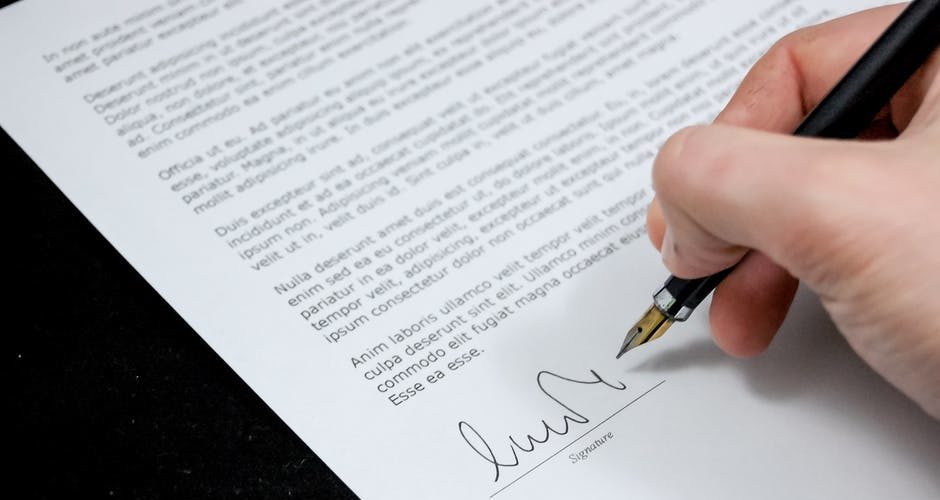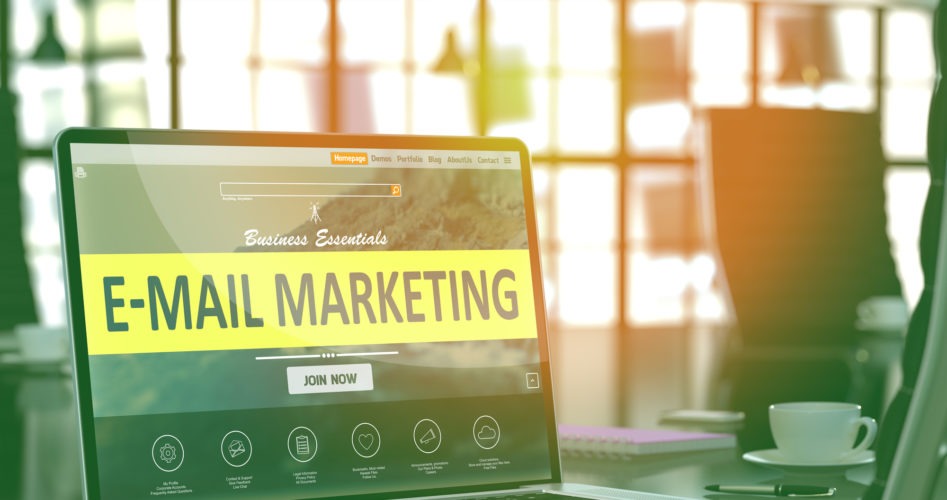Forgery is one of the oldest white-collar crimes in history. In ancient times, rogue artists studied genuine signatures, manuscripts, and works of art to reproduce them. Then, they could sometimes pass these fakes as the real thing, often selling them for small fortunes.
Email Spoofing A New Forgery Style
Throughout the centuries, methods of forgery have changed, but the motives behind them haven’t altered. Internet crime, like email spoofing, affects everyone at one time or another. Email spoofing is a surprisingly simple way criminals use to forge email addresses for unethical reasons.
Some of the most notorious forgeries in history were discovered because someone was familiar enough with the genuine article. Likewise, it takes a careful eye to detect when someone is sending you a fake email. Just one small change in the address can create one that can easily fool people.
In most states and local governments, email spoofing, also called phishing, is illegal. Some unscrupulous people use e-spoofing to harass others or to make false claims against individuals or organizations. The most detrimental spoofs are those that extort money or personal information from unsuspecting recipients.
How to Email Spoofing
How can you tell if someone is spoofing you? Do you have enough Internet security to protect your private information? Consider these six tips to help prevent you from being the next email, spoof victim.
1. Carefully Examine the Sender’s Email Address
One of the best ways to fool you is to use familiar email addresses. For example, you might think you are receiving an email from a well-known legitimate business. However, the criminal makes a slight change in the address or domain that is easily overlooked.
Check out the sender’s email provider for signs of foul play. Would your life insurance company send you an official email by Outlook, Hotmail, or Gmail? Even if the cybercrook was smart enough to use .com, .org, or .net, these aren’t always proof of the email’s legitimacy.
Before you click on anything or disclose any personal information, scrutinize the sender’s address. You will often see one letter changed, added, or omitted. The letterhead and trademarks look real, but the address is fake.
To avoid getting phished in the future, be sure that your account is protected by a sender’s policy framework or SPF. This program helps to prevent cybercriminals from using your email address without your consent. It also minimizes spoofs that can come through your server to your inbox.
2. Examine the Subject of the Email
Even if the subject line seems legitimate, but you still have suspicions, do some prodding into it. If you use Gmail, go to the right corner of the email, click the three dots, called an ellipse. Scroll down the box and click on show original sender, which should match the entered sender address exactly.
For other email programs, find the return-path function to compare the addresses. You can also look up the sender’s IP address, which is the fingerprint of any computer or mobile device. Use your program’s IP lookup tool and compare it.
3. Trust Your Instincts
You’ve heard the saying that things that sound too good to be true usually are. Some spam that slides through your mail filters is such obvious scams that they are laughable. Others are a little more subtle with their deceptions.
The content of an email is often a tell-tale sign of a spoof. Why would the IRS send you a threatening email and then ask for your Social Security number and banking information? If you receive a debt collection notice from a company you have never owed, wouldn’t they already have your account information?
These heartless cybercriminals are hoping that you don’t recognize their scam and will offer any personal information they request. Adamantly protect your financial and personal information and never give them out to suspicious emailers. Remember that legitimate financial institutions and businesses will never request usernames, passwords, and other private information by email.
Another clue for detecting probable email spoofing is the graphics, grammar, and spelling. Many cybercrooks don’t have the equipment to forge official-looking letterheads and trademark graphics. The pixeled image may be distorted or faded.
As you scan through the content, notice if the grammar is awkward or incorrect. Non-English- speaking phishers often rely on rudimentary translation apps that are rarely precise, and you may see glaring misspellings. These unprofessional errors wouldn’t be found in a letter from a real company or organization.
Other phishing scams to beware of are those who are soliciting charitable donations. Often, these are fake organizations, or they are impersonating legitimate ones. One notorious scam involves email spoofs claiming that you have won a lottery fortune, and they need your banking information to deposit your winnings. Don’t click on anything or give out your private information.
4. They Misspell Your Name
They entered your email address correctly, but how did they spell your name? If this were an actual letter from your company or an organization with which you regularly correspond, wouldn’t they know how to spell your name correctly? An automatic red flag should go up if the email is vaguely addressed to whom it may concern or dear recipient.
5. Be Wary of Foreign Emails
If you receive a strange email from an individual you’ve never met, it’s almost sure to be an email spoof. At least one time or another, you’ve probably received an urgent email from someone supposedly living in a foreign country. As luck would have it, this fake foreigner has selected you to solve a personal crisis.
It’s a perennial phishing scam that uses different scenarios. The sender claims to have an unbelievably large check that is being held up in US customs. To get the funds released, he must have an American-side bank account. If you would send him your banking information, he will reward your kindness with a hefty sum of money.
Be assured that there is no check, and this isn’t a real person. If he gets your financial information, the only cash he is going to get is yours. Don’t be duped by these cunning cybercriminals.
6. Increase Your Email Security with a Difficult Name
Most people make their email addresses using their names, birthdays, or other relevant information. You are making it extremely easy on email hackers when you use your name as your address. When you use numbers, underscores, or numerical characters, then you are going to increase the chances that your email won’t be hacked.
Cybercriminals look for their next victim by their lack of internet security. For instance, if your email is [email protected], then it’s pretty easy to see that the recipient’s name, and determine that he was likely born in 1982. Using this information, the criminal can quickly compile up your data.
Do you know how easy it would be to get information about that specific person?
A simple internet search can give phone numbers, addresses, and even data about who lives in the household. So it’s easy to see that making the email address something more randomized, like [email protected] would make it much more challenging to get any valid data about this person.
Don’t make things easy for the intelligent internet criminals of today. When you put your personal information on social media outlets, then you are giving them all the ammunition they need to make you their next target. Be careful what email address you use and what you post on the internet.
Organize Your Email Account
Even when you are an individual and not a business, you’ll find your email flooded with junk from unknown senders. Depending on your email provider, most of this unwanted e-litter goes into a spam file to be deleted. Sometimes, you may be so overwhelmed and agitated with junk mail that you aren’t so careful to read the senders’ URL.
Study the help guide from your email provider and see how you can organize your account to recognize possible email spoofing better. You can also download free programs that allow you to keep your mail organized. These programs will also unsubscribe you to unwanted subscriptions automatically.
If you get a suspicious email, then you need to report it as spam through your email server. The only way to stop these attacks is to be proactive.
Final Thoughts on Being Cyber Safe to Avoid Email Spoofing
The internet has brought about many opportunities for people to work from home, stay connected to people across the globe with ease, and to have the power of information at the touch of a button. However, with all the good things that the world wide web has done for society, there are also some downfalls.
Hacking your email and other accounts have become quite easy, primarily when you feed information to hackers unknowingly. Thankfully, there are ways that you can be proactive and stop or reduce the threat to your email and other aspects of your life. Do you have the protection you need against email spoofing?



